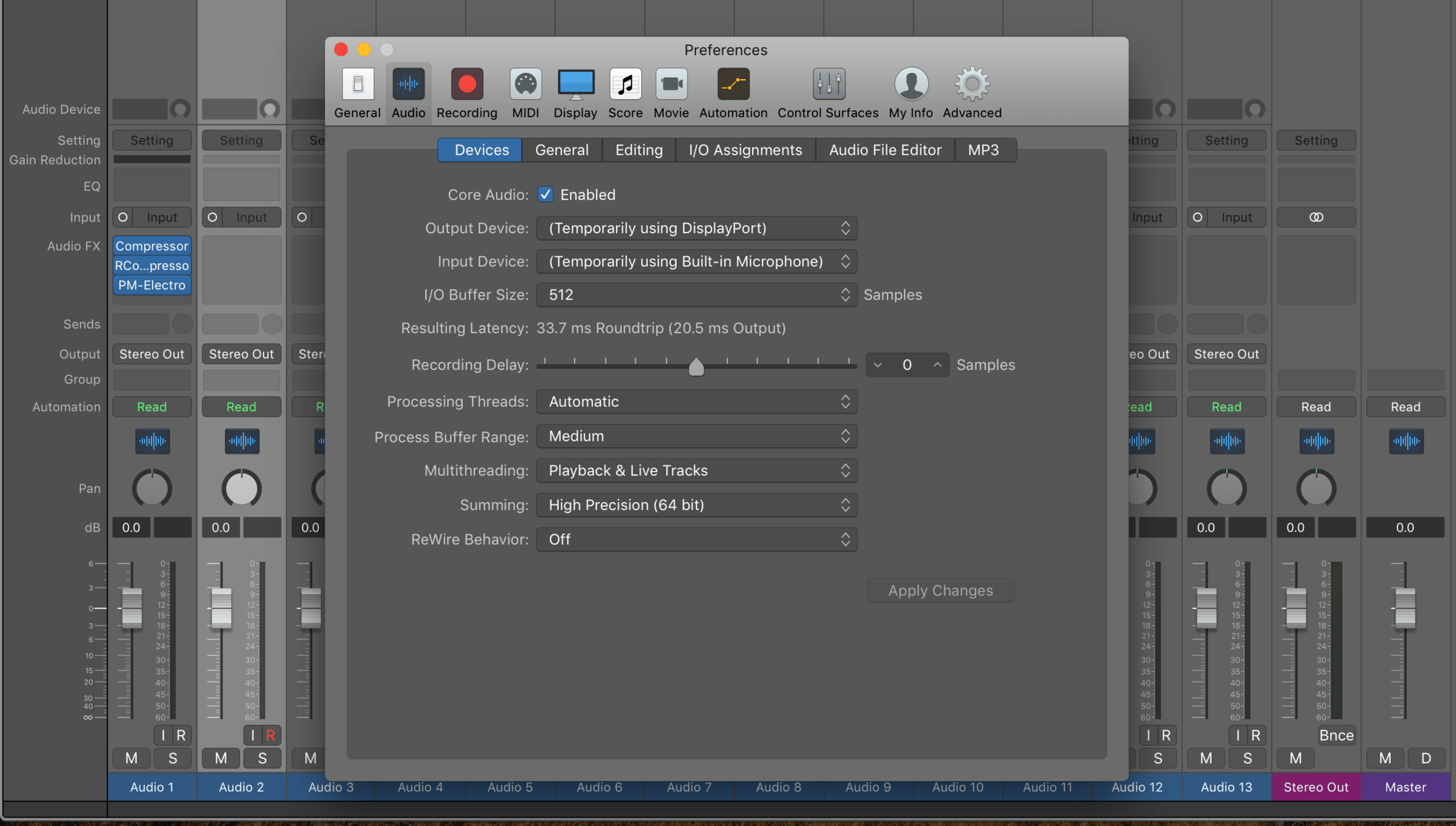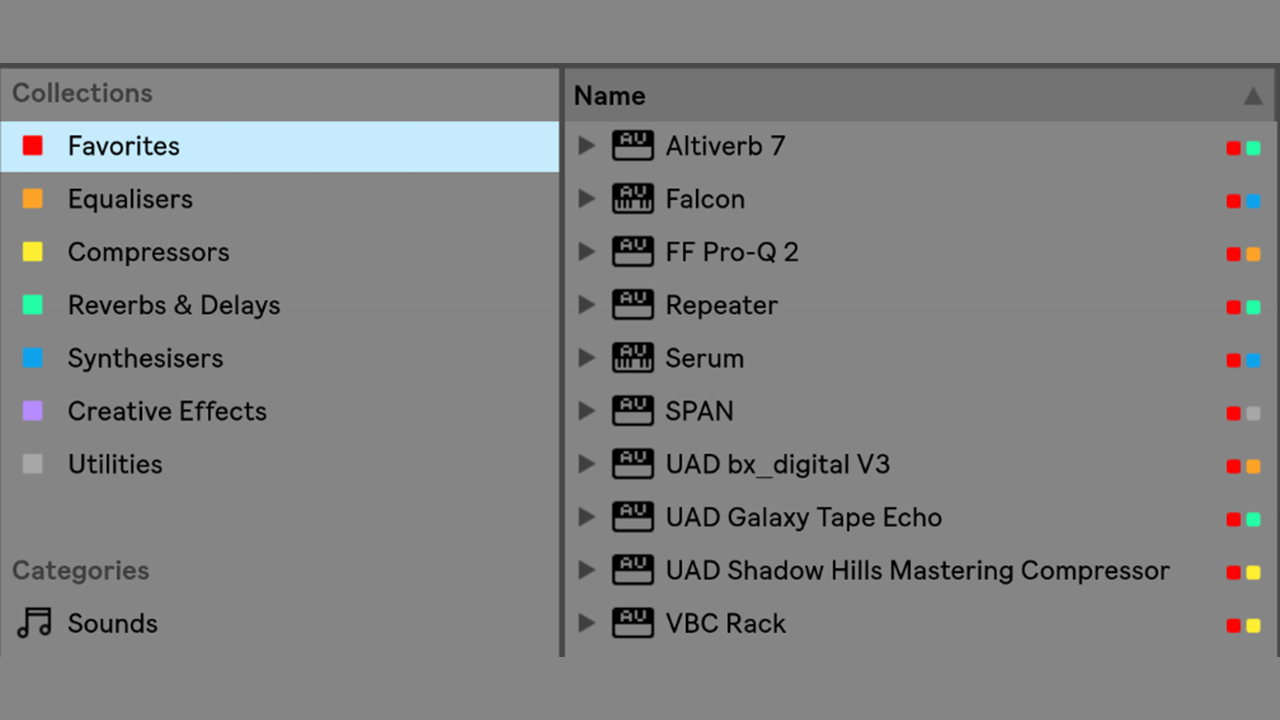Ableton Buffer Size

Which Setting Should I Use? It depends, most DAWs will have different buffer size 32, 64, 128, 256, 512 and 1024, when you are recording, you need to monitor your input signal in real time, so choosing lower buffer size like 32 or 64 with quicker information processing speed to avoid latency. High buffer size is the main reason that causing. NOTE: opening an ASIO DAW application (e.g. Ableton Live, Pro Tools, Cubase etc) may change the sample rate/buffer size that your interface is using. Some DAWs don't support a buffer size of 192 samples, meaning that it's not possible to apply the above settings while that DAW is open. Hp laserjet 1018 mac driver el capitan.


Ableton Buffer Size
The steps below will guide you through how to set up your Scarlett with FL Studio:
Once you have installed the driver go to your computer's 'Control Panel' > 'Sound' option. In the 'Playback' and 'Recording' tabs, make sure the Focusrite/Scarlett option is selected as the default device. If it isn't already, right click it and select 'Set as Default Device'.
Now, open FL Studio. Open the 'Options' menu, go to 'Audio Settings' and set the device to 'Focusrite USB ASIO'. You'll also need to set 'Playback tracking' to either 'Hybrid' or 'Mixer'.
You can change the buffer size from the ASIO Control Panel, which you can open by clicking 'Show ASIO Panel'.
Go to the mixer window ('View' > 'Mixer') and click on the master channel. Make sure the output is set to Focusrite (in this case we are using Output 1 and 2).
To get input from a microphone, go to an insert channel and select the input as the appropriate input:
With these settings you can then press Record and Play to record your audio which will appear as a waveform once recorded: Generic non pnp monitor driver windows 10 64 bit download.
You can then export this by going to 'File' > 'Export' and selecting the desired format (we would recommend WAV unless you have a reason to choose something else). From here you'll be asked to choose a name for the file as well as it's location. This will then bring up the rendering window where you can choose what you are exporting and other details:
When you are happy with the settings hit start to render.


Ableton Latency Buffer Size
Max for Live Big Three features the following Max for Live devices:
Loop Shifter
If there was ever a “sound of Max,” then this device embodies it. Loop Shifter uses MIDI notes as triggers for playback states, with each MIDI note representing a playback “state” (a combination of playback rate, loop points and filter settings). The Loop Shifter uses a “morphing” transition between states, an auto-mapping system and an “auto-play” mode that randomly chooses MIDI notes for automatic state selection. Although the Loop Shifter is a relatively simple device, these functions don’t exist in any other commercial looper.
Buffer Shuffler 1.0
The Buffer Shuffler effect “shuffles” incoming audio by buffering and then replaying it in whatever order you've specified. Each channel of the stereo signal can be shuffled with different patterns and there is also a “dice” mode that randomizes the shuffle pattern at each bar crossing. Finally, a smoothing setting limits the amount of clicking at each transition point. Use Buffer Shuffler sparingly to add subtle variations or go full-on to see where it takes you.
Step Sequencer
Step Sequencer is a fine example of Max for Live’s flexibility. The device is capable of playing up to four concurrent sequences, each with up to 16 steps and each playing a different instrument. Step Sequencer also features adjustable step size and step probability, sequence shift buttons (up, down, left, right), a “random” mode and comprehensive real-time MIDI options.
Please note: Buffer Shuffler 1.0 and Step Sequencer are legacy devices - use them if you have Live Sets made in Live 8 with Buffer Shuffler which you would like to use in Live 9. Otherwise, please use Buffer Shuffler 2.0 (for Buffer Shuffler 1.0) and MonoSequencer (for Step Sequencer), available in the Max for Live Essentials Pack.